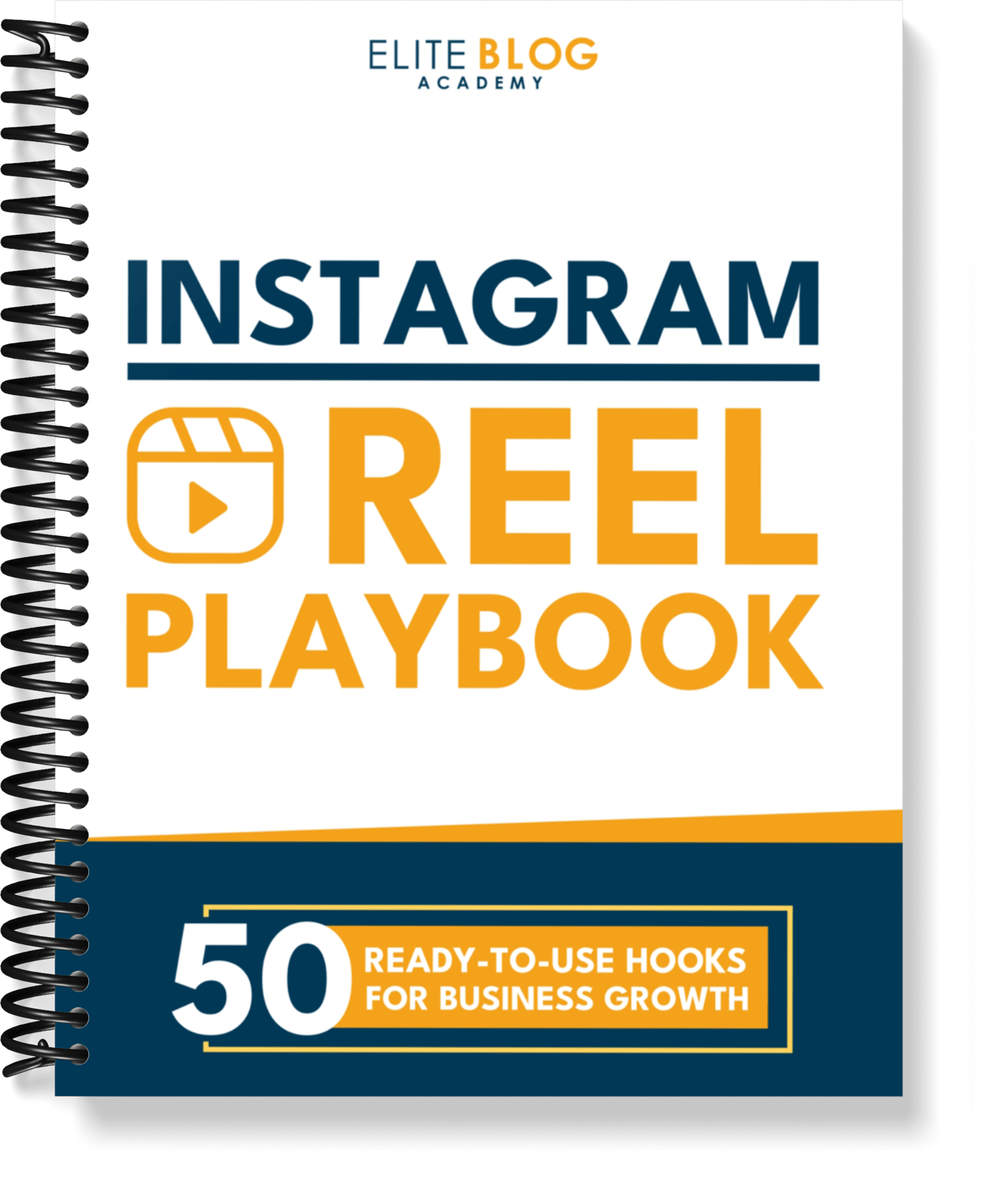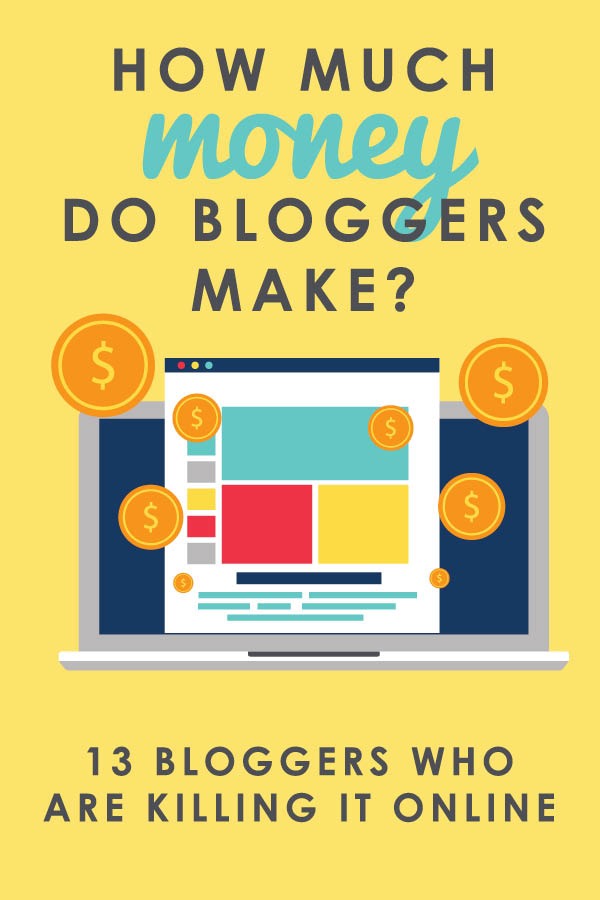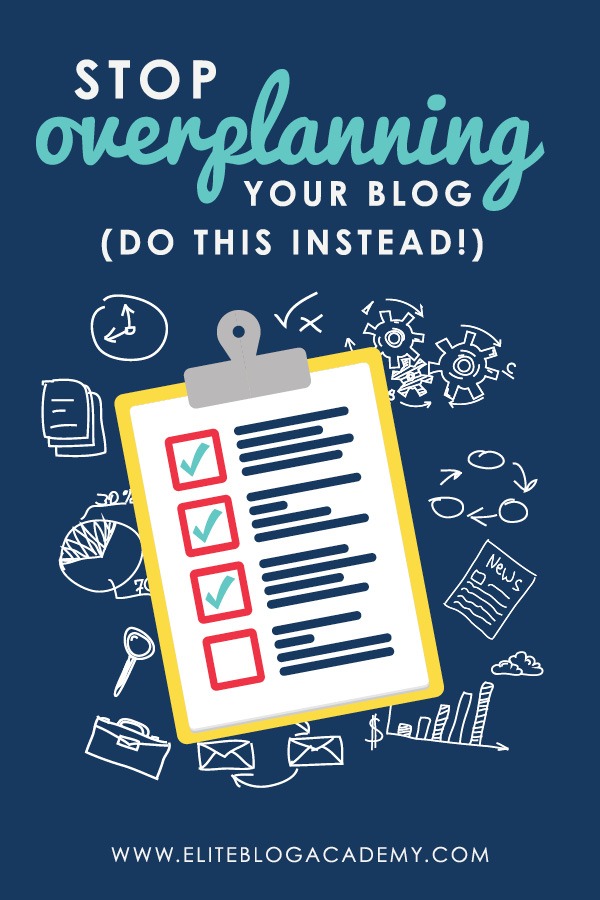Stop Playing the Traffic Game

If you’re tired of obsessing over traffic, here’s how to convert your website visitors into a sustainable audience for your business in 2024.
Whether you’ve been creating content for years or just started, one thing many of us can relate to is the constant chase for more traffic. “How do I get more page views? Where is my traffic coming from?” It’s a common refrain in the online blogging world. And while it’s understandable—more traffic often means more income—focusing solely on traffic is not the path to long-term success.
Let’s clarify: Traffic matters, but it shouldn’t be our sole obsession. We need to shift our focus from merely attracting visitors to converting them into a loyal audience that sustains our business.

Struggling to create Reels that grab your dream customer?
Our Instagram Reel Playbook will not only give you 50 ready-to-use hooks, proven to grab your audience’s attention from the start, but we’ll show you our proven strategy for reels that convert.
Understanding Traffic Types
Firstly, it’s crucial to understand the types of traffic:
- Organic Search: Visitors from search engines like Google
- Direct: Those who type your URL directly
- Referral: Traffic from links on other sites
- Paid Search: Visitors from paid ads
- Social: Traffic from social media platforms
Each type offers insights into our audience and how they discover us. However, relying solely on traffic metrics can be precarious. Algorithms change, platforms evolve, and relying too heavily on external sources of traffic leaves us vulnerable.
The Better Game: Focus on Conversions
Instead of fixating on increasing traffic numbers, prioritize converting your existing visitors into subscribers or customers.
Let’s look at our founder Ruth Soukup’s newest brand, Thinlicious, as a prime example of implementing an effective attraction strategy through platforms like Instagram reels, a podcast, a value-packed free guide and informative free video trainings. These assets aren’t just about boosting traffic; they’re designed to ensure that the brand connects with its target audience (their DREAM CUSTOMER) effectively. By consistently delivering valuable content across these channels, Thinlicious not only drives traffic but also is consistently increasing conversion rates. This focused approach has enabled the brand to quickly scale its presence, attracting and retaining the ideal customers who are seeing the life changing transformations they were looking for.
Why does this strategy work? Because once someone subscribes or buys from us, they become part of our audience, independent of traffic fluctuations. Even if our traffic were to plummet, our engaged audience that are hosted on a platform we own ensures continued revenue and growth.
Using Traffic Insights Strategically
Analyzing traffic patterns isn’t just about numbers; it’s about understanding what resonates with our audience and refining our strategies accordingly. For instance, a surge in email sign-ups following a new viral Instagram reel indicates a successful strategy worth repeating. Conversely, a high-traffic day with low conversions prompts us to reassess our messaging or audience targeting.
By focusing on building a loyal audience rather than chasing page views, we retain control over our business’s success. Whether traffic spikes or dips, our audience remains our foundation for sustained growth.
To sum it up, while traffic is important, its real value lies in how effectively we convert it into a dedicated audience. By prioritizing conversions over traffic numbers, we empower ourselves to build a thriving online business.
Ready to stop playing the traffic game? Let’s focus on building a loyal audience that sustains your online business.
To get started, sign up for our FREE TRAINING breaking down the exact strategy you can put into play in your business this year to ensure you are leading your customers towards a true transformation that leads to conversions, not just vanity traffic.








Thanks Ruth. This post is really a motivation. I was so crazy about how to get more traffic that I sometimes fail to write anything for my blog just because of the fear that nobody will read what I wrote. This is especially because I’m still a rookie blogger. I feel inspired to create a product or service that will benefit my readers even if I only have a few readers.
Suddenly i feel that i don’t care about traffic anymore after reading your post!
Great post, you bring me to a special passion.
May i re-write this for my blog with Indonesian languange?